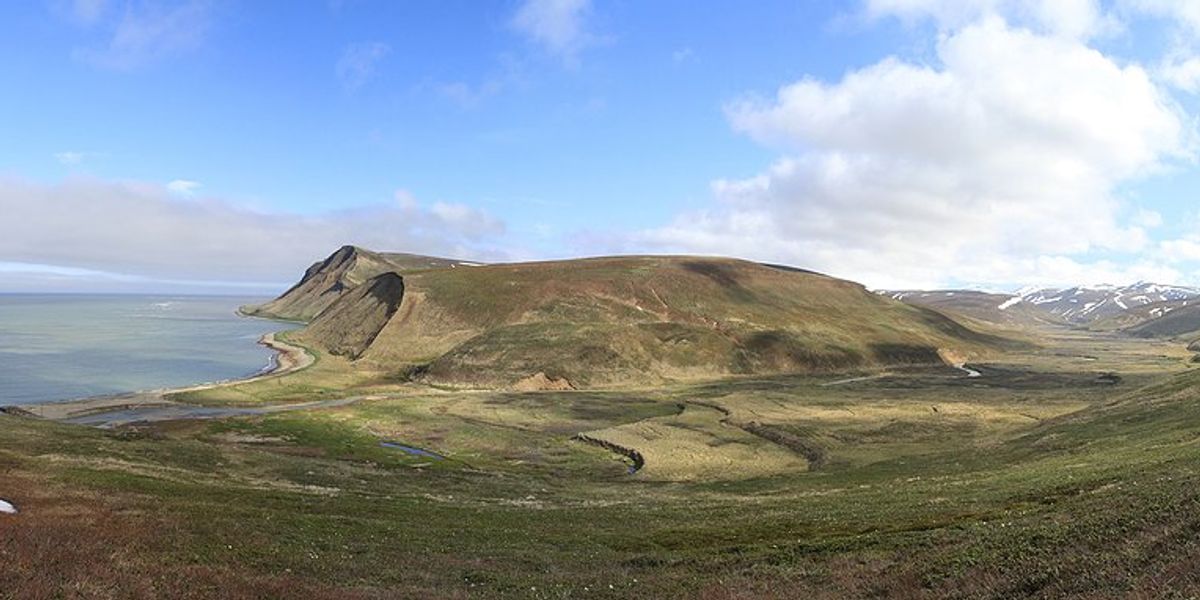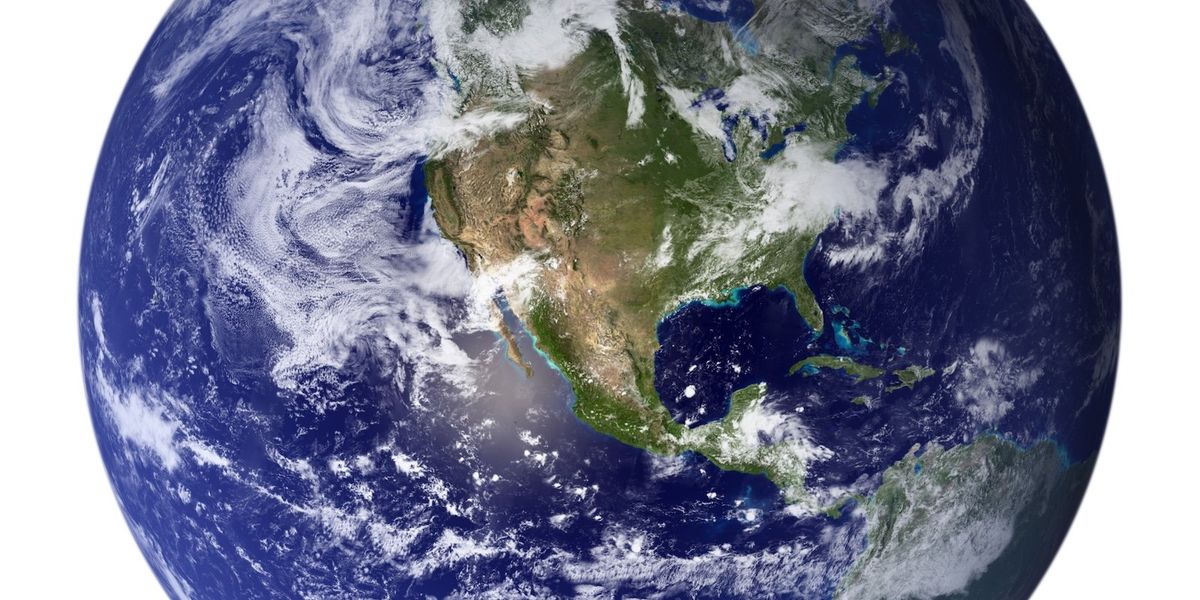economics_credit_productivity
Soaring population raises climate concerns.
Global population is predicted to rise by a third in the next three decades as the planet is increasingly challenged by climate change and loss of ‘natural capital’.
Global population is predicted to rise by a third in the next three decades as the planet is increasingly challenged by climate change and loss of ‘natural capital’.
LONDON, 2 September, 2016 – Human numbers are predicted to grow by 33% in the next 33 years – and that is worrying news for a world already struggling to deal with the impacts of climate change.
By 2050, there could be 9.9 billion people alive on the planet, and the global total is expected to hit 10 bn by 2053, according to the latest calculations by the Population Reference Bureau (PRB), a private not-for-profit organisation based in the US.
By 2050, the population of Africa will reach 2.5 billion, which was roughly the population of the entire globe at the close of the Second World War in 1945.
The number of people on the two American continents will rise by just 233 million to 1.2bn, and Asia will gain 900 million to reach 5.3bn, but Europe’s population will fall from 740 million to 728 million.
“Despite declines in fertility rates around the world, we expect population gains to remain strong enough to take us toward a global population of 10bn,” says Jeffrey Jordan, president of the PRB.
Regional differences
“Significant regional differences remain, though. For example, very low birth rates in Europe will mean population declines there, while Africa’s population is expected to double.”
These numbers will soar in a world increasingly challenged by climate change and the potential loss of “natural capital” in the form of natural biodiversity in forests, wetlands and other ecosystems that underwrite or deliver for free a whole range of natural services, from pollination to water management.
Nor are the PRB’s projections the worst. In 2014, UN statisticians looked again at their own projections and warned that human numbers will not stabilise at 9bn by 2100 as hoped. By the end of the century, these could be as low as 9.6bn or as high as 12.3bn.
But the most recent figures leave no room for complacency. Populations in 29 countries, mostly in Africa, are set to double. In Niger, with the world’s highest birthrate, numbers could triple.
“We expect population gains to remain strong enough to take us toward a global population of 10 billion”
In other parts of the world, fertility is falling. For example, Romania’s population could tumble from 20 million to 14 million by 2050.
In the light of such projections, scientists have warned of growing numbers of climate refugees, and have been trying to calculate ways in which harvests could increase to keep pace with human numbers, over decades in which prolonged drought and a greater frequency of heatwaves are expected to hit yields.
Researchers have argued repeatedly that food can be delivered without the destruction of the remaining forests in ways that would intensify climate change.
So the latest data sheet from the PRB simply sets out the indicators so far. A quarter of the population is not yet 15 years old. In the least developed countries, this proportion grows to 41%. In the more developed countries, it stands at 16%.
Population changes
One in four Japanese people are older than 65. In Qatar and the United Arab Emirates, this proportion is one in 100. In sub-Saharan Africa, fertility rates are highest, with nearly all countries averaging six children per woman. In Europe, the average is 1.6 children. Some 33 nations in Europe and Asia already have more people aged over 65 than under 15.
So population rates are changing unevenly. Between 1992 and 2013, global annual carbon emissions rose by 60%, to 9.8bn tonnes. The greatest increase from any one country − and the largest total − was in China, which now emits 2.8bn tonnes. Another 43 countries reduced carbon emissions over the same timespan, with the largest reduction being in Ukraine.
Renewable sources, including hydroelectricity, now provide 18% of the world’s energy, and the average number of people per square kilometre of arable land worldwide is 526.
This average masks continuing inequality. In the developed countries, there are 238 people per square kilometre of arable land. In the poorer nations, there are 697. – Climate News Network
Britain’s bond-buying accelerates fall in global borrowing costs.
Britain’s revived programme of mass bond-buying accelerated a fall in global bond yields on Wednesday in the latest sign of how central bank policy has intensified a worldwide collapse in borrowing costs this year.
The Bank of England this month announced a new £70bn asset purchase programme designed to address fears of an economic slowdown after Britain voted to leave the EU, joining the European Central Bank and Bank of Japan to become the third major central bank engaged in quantitative easing.
The speed and extent of market reaction to the BoE’s monetary easing programme indicated a change among investors who previously doubted the ability of central banks to further suppress bond yields, said Steven Major, head of fixed income research at HSBC.
“The Bank has made it clear that the next move is lower rates and possibly more QE — if they can find the bonds to buy — which is why this new round of easing is having an influence on everything in markets. It has shifted expectations towards further easing in Europe and away from a rate rise in the US.”
Demand for UK bonds meant yields on two short-dated gilts due in March 2019 and March 2020 briefly traded in negative territory on Wednesday while interest rates across all other maturities fell to fresh lows.
UK’s benchmark 10-year borrowing rate fell to an all-time low of 0.51 per cent on Wednesday as the BoE successfully completed its third day of QE after failing to buy £1.17bn of long-dated paper on Tuesday.
Rates on long-dated 30-year gilts fell to 1.26 per cent for the first time as investors bet that the central bank would be forced to pay sharply higher prices for the debt in order to meet its purchase targets as pension funds and insurance companies prove reluctant to sell.
In global markets, yields on 10-year bonds issued by Spain and Ireland set new record lows of 0.9 per cent and 0.33 per cent respectively. Investor demand for the sale of new 10-year US Treasury notes was strong on Wednesday and the yield for the current benchmark fell 3 basis points to 1.51 per cent. China’s benchmark bond yield fell below 2.7 per cent, the lowest since the global financial crisis.
FT Explainer: BoE bond buying hits turbulence
Holders of long-dated gilts resist selling, and rally in short-dated paper takes yields negative
The moves marked a sharp reversal in sentiment from just six months ago, when many investors had begun to doubt the potency of central bank policies following the BoJ’s adoption of negative interest rates after more than a decade of other measures failed to stimulate inflation.
“This reaction is striking when you consider that we are only on day three of a six-month QE programme in the UK,” said Mike Amey, portfolio manager at Pimco, one of the world’s largest investors, which expects to see further rate interest rate cuts in the UK.
BoE governor Mark Carney has explicitly stated that negative interest rates — which put pressure on bank profits — are not an option but policymakers have left the door open to a further interest rate cut.












